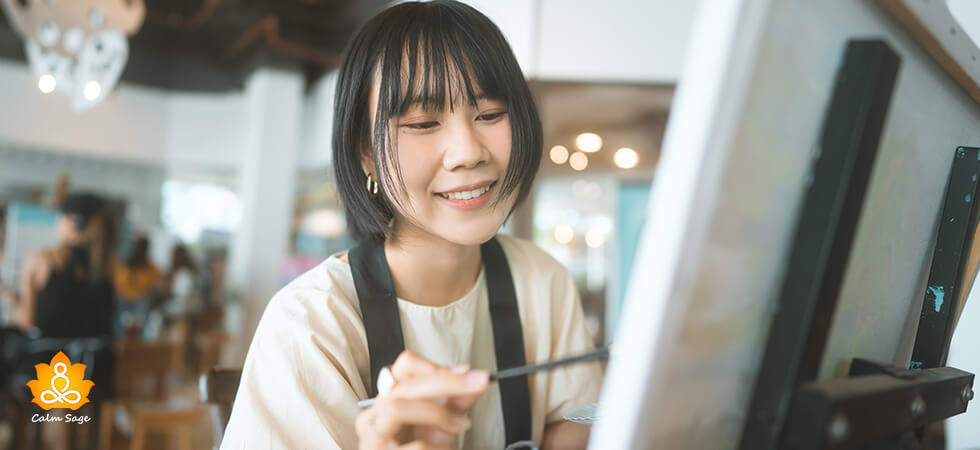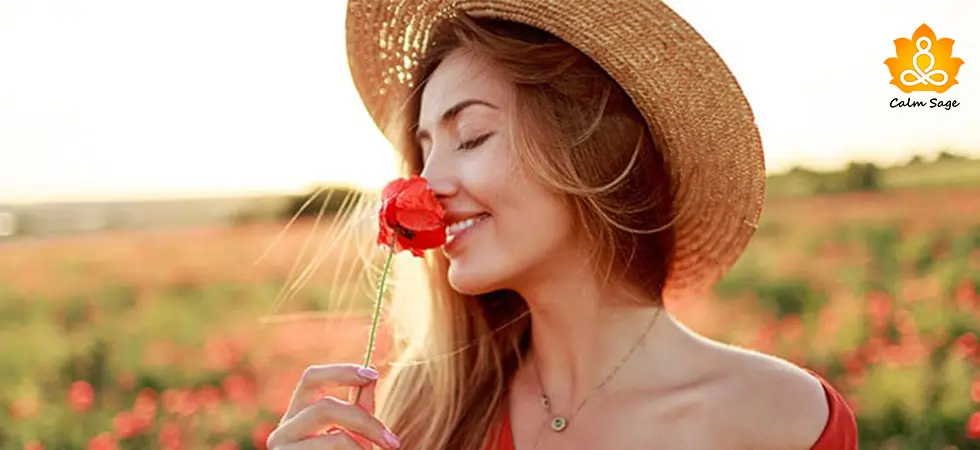Engaging In Artistic Activities Helps Teens Reduce Antisocial Behaviors & Better Their Well-Being

In a new study by the University College London and the University of Florida, it was found that teenagers who engage or participate often in artistic and cultural activities including drama, dance, and attending social events, are less likely to have antisocial behavior.
This study was published in the Journal of Youth and Adolescence and was based on the data of more than 25,000 teenagers. The study measured the teens’ engagement with artistic and cultural activities. This included engagement in school clubs, choirs, art classes, and participation in field visits such as museum tours, reading activities, and even concerts.
The team of researchers found that the more a teen was involved in art activities, the less likely they were to report antisocial behavior, misbehaving, conduct problems, risky behavior, and criminal activities like shoplifting or doing/selling drugs.
Other than this, the study also found that teens and youths who were actively involved in artistic activities had better self-control and could differentiate between antisocial and prosocial behavior.
But the question is; can arts help teens with better mental health and overall well-being? Can art exposure to teens be beneficial?
Art Matters More Than You Think
In the above study, the authors stated that the involvement of teenagers in art activities can have a huge (and positive) impact on their overall health and well-being. They also add that the benefits of art and culture exposure to youths can result in better academic outcomes, higher aspiration for the future, and high civic-minded behavior.
Of course, these findings take into account factors such as the child’s age, gender, culture, socio-economic background, family background, living conditions, and any past patterns of antisocial or delinquent behavior.
According to the lead author of the study, Dr. Jess Bone,
“Our definition of arts and cultural engagement was very broad. It includes dancing and acting in school clubs, reading, going to cinemas, museums, concerts, and music classes, as well as other hobbies that teenagers take part in regularly.”
Identifying ways to lower antisocial and troublesome behavior in teenagers is important as these behaviors and patterns, once set, can continue into their adulthood, causing negative effects.
The findings of the study signify the importance of arts and cultural activities as a part of their academics, especially in the wake of the global pandemic. Teenagers, now, need to feel connected to their artistic selves more than ever. The need to feel belonged, a sense of togetherness is important and that can be achieved through participating in artistic and cultural activities.
Art exposure to youth can come as school or community-based programs that can even help in resolving conflicts, improve attendance, reduce disruptive behaviors, build self-esteem, increase self-efficacy, boost resilience, increase empathy, improve team-building skills, and more!
Where Do Teens Face Problems?
Teenagers, especially between the ages of 12-19 are at that stage of development where they frequently question their self-identity and their sense of purpose. This minor identity crisis and confusion can be a factor in the journey of self-discovery. In this stage, teens often face internal and external adaptation challenges including social, emotional, relational, and physical aspects.
These challenges can fester and prevent teens from seeking the guidance and help they need. Another challenge they may face is the denial of their current feelings. If you go around and ask a teen how they are feeling, the most common responses you’ll hear will either be, “I don’t know” or “I’m feeling fine”.
These factors can also prevent them from opening up verbally and expressing their thoughts clearly.
Can Expressive Arts Therapy Help?
Expressive arts therapy is an action-based counseling approach where a psychologist encourages action through creative expressions such as art, dance, movements, music, poetry, writing, drama, or a combination of all.
This type of psychotherapy is often used alongside talk therapy and for teenagers, this therapy can offer many creative ways to help express their feelings, emotions, thoughts, and even foster their psychological development.
This therapy approach is based on the belief that engaging in creative arts not only supports healing but can also offer a productive path to process feelings, resolve problems, increase insight, cope with strong emotions, gain self-awareness, and connect with others.
The focus of this therapy approach is not only focused on mental healing but also on physical, emotional, social, and spiritual healing.
The activities of expressive arts therapy can include:
- Dance therapy
- Art therapy
- Music therapy
- Drama therapy
- Bibliotherapy
Expressive Arts For Teens And Their Benefits
Teenagers go through many experiences as they grow and sometimes, they may not find it easy to express their inner feelings and thoughts, mostly due to fear of rejection and judgment. Expressive arts allow a teen to combine social, emotional, mental, and physical aspects to help cope with strong emotions and express feelings.
When a teen engages in expressive art activities, they feel accomplished. Their contribution – whether through art, drama, action or writing – makes them feel empowered.
Participating in artistic and cultural activities may also help a teen achieve the physiological need for autonomy. These activities can be performed individually or in groups. For teens, independence can mean working through their conflicts without adult intervention so art activities offer a companionable compromise.
On a side note, teens are naturally creative – whether they believe it or not. They are capable of thinking abstractly and can easily adapt to the arts. Even during their day-to-day communication for teenagers include artistic expressions such as pictures, audio, quotes, memes, and emojis.
Writer’s Thoughts
Expressive arts like dance, making art, drama, reciting poetry, and even attending the concert of their favorite music group can help a teen feel accepted, open, and supported. Not only this, but engaging in artistic activities is a great way to express feelings, resolve problems, increase insight, and regulate their emotions.
Therapy approaches like expressive arts therapy also offer teens a safe space to enhance their skills, learn to manage emotions, express their thoughts, explore their self-identity and put names to emotions they feel.
So if your teen seems more interested in participating in artistic and cultural activities, let them be! It can be just the way for them to improve their mental health, lower the risk of antisocial behavior, and boost their overall wellbeing.
I hope this article was helpful. For more, you can write to us at info@calmsage.com or DM us on social media. You can also share your thoughts about what you think about art exposure to youths in the comments section below!
Take care!




















